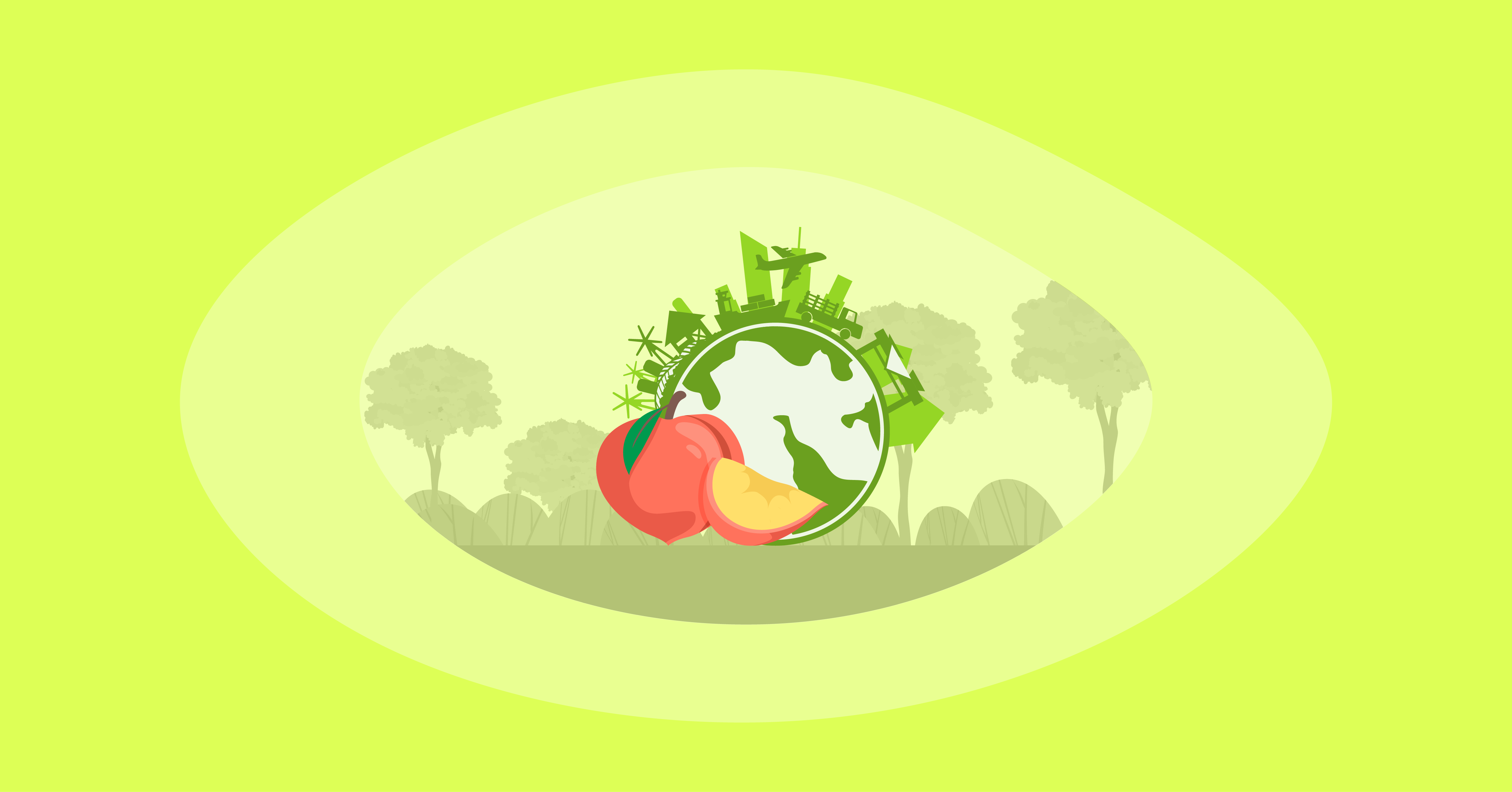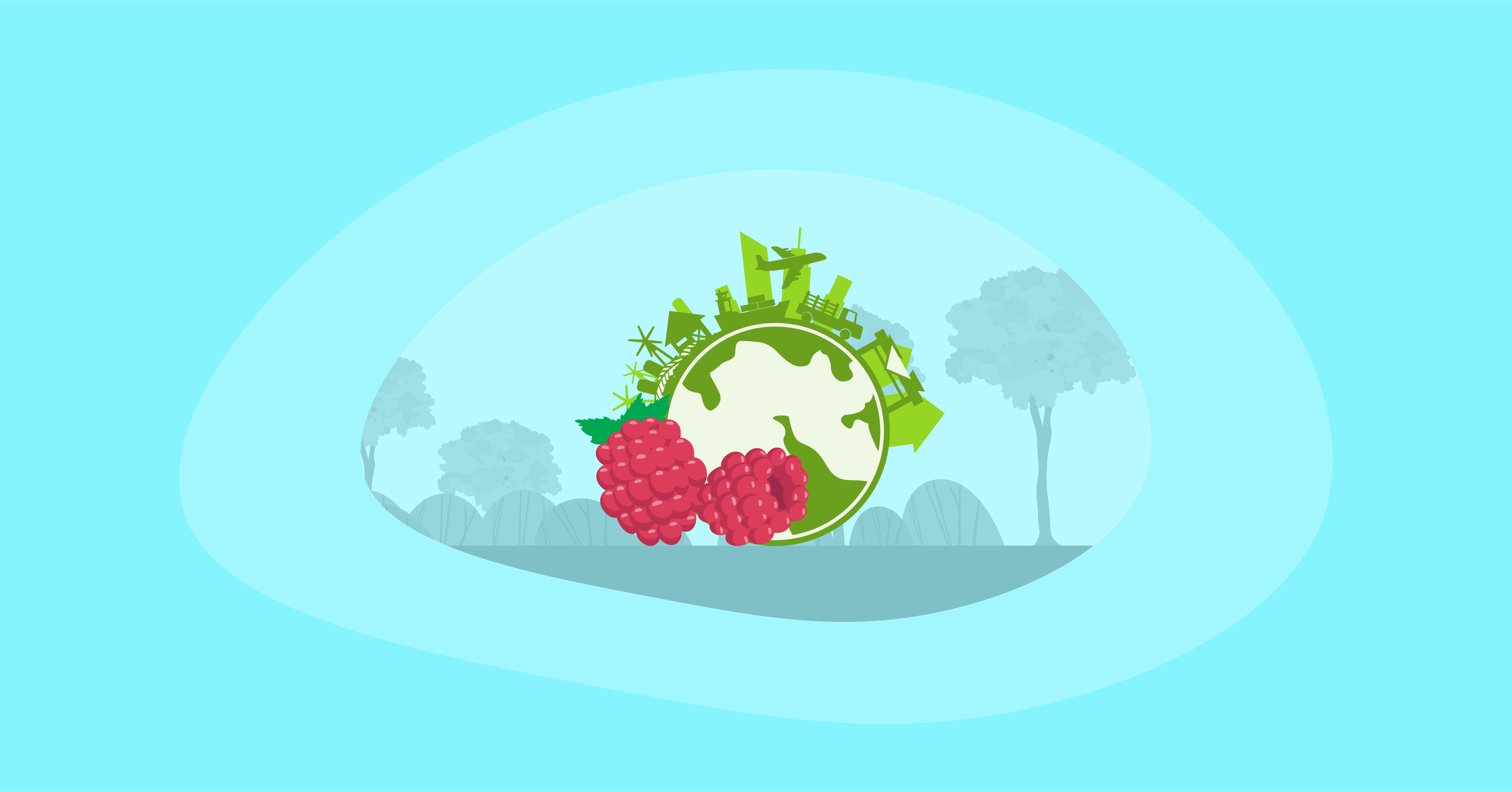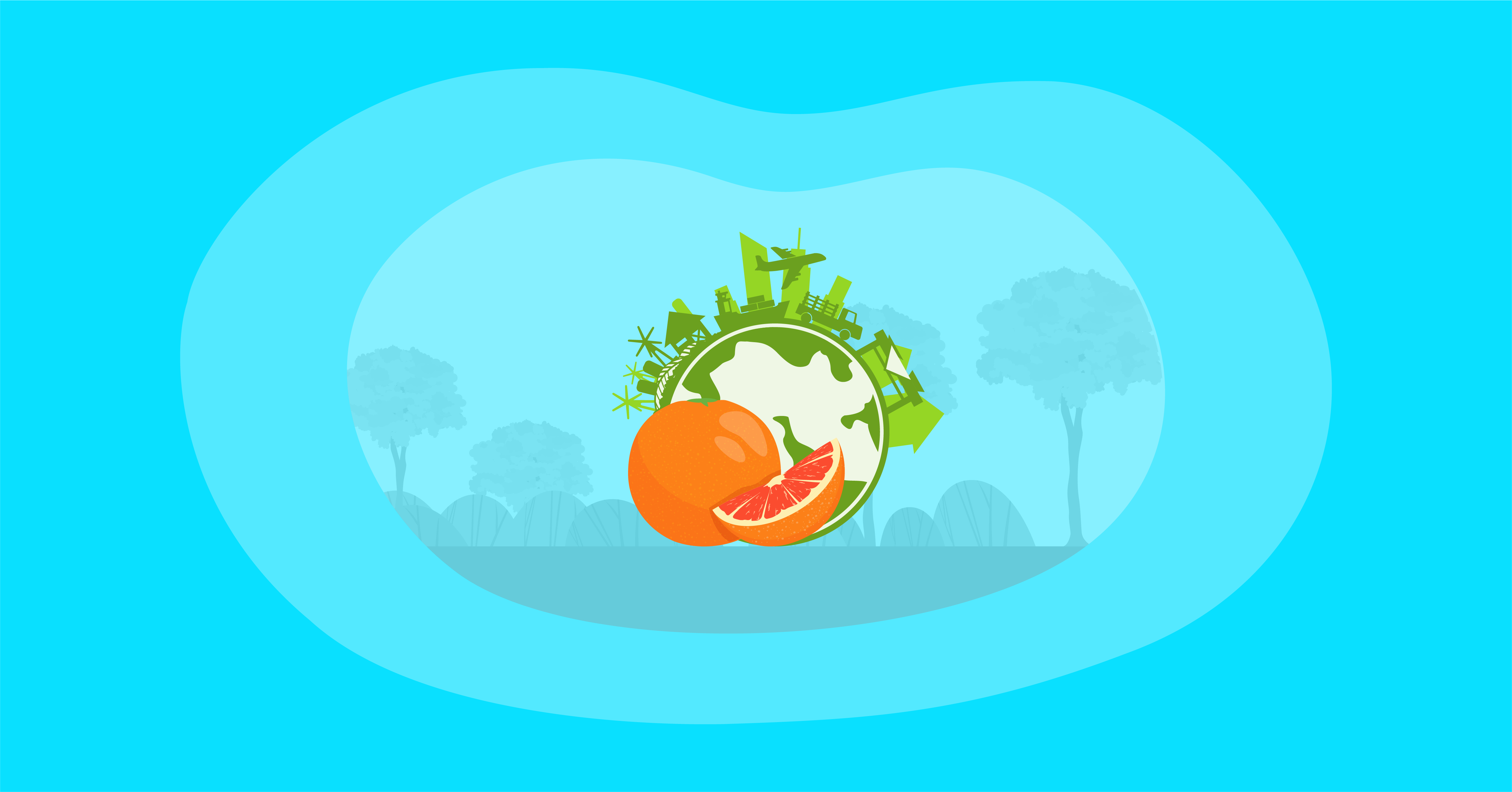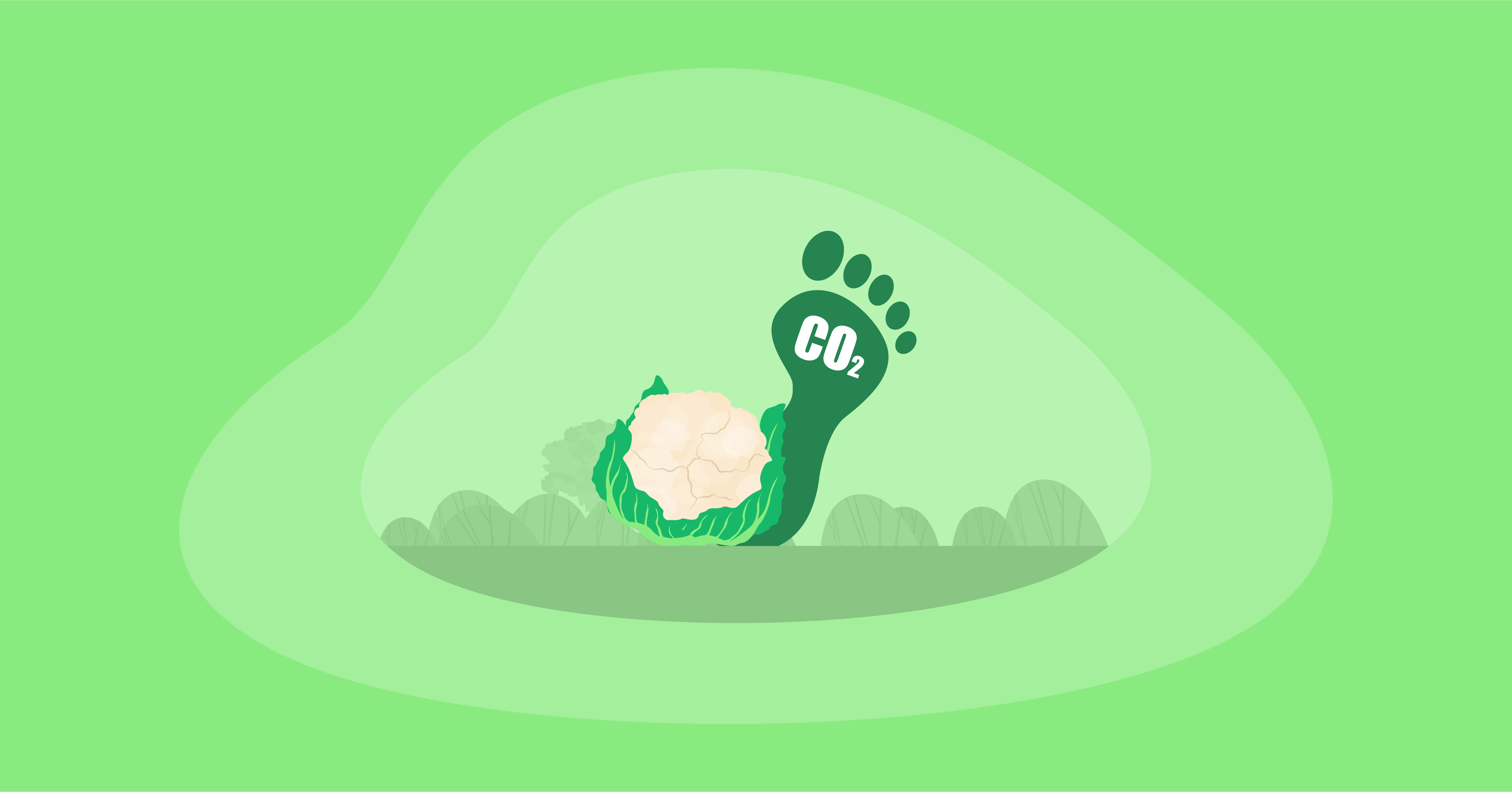The Environmental Impact of Peaches: From Farm to Table
Around 625.7 thousand tons of peaches are produced in the US every year. Whether you enjoy some juicy peaches during August (National Peach Month!) or appreciate them as an excellent source of vitamins A and C, they’re a classic fruit. But peaches can also cause some serious damage to the environment. So, we had to ask: What is the environmental impact of peaches?















